In the aftermath of the 500-year storm event in Texas and the horrendous suffering it has inflicted, offering lovely houseboat scenes may seem overly naive, if not downright cruel, but just try not to dwell on the design issues that brought Houston to its knees. I know I can’t. My own city of Long Beach, much of it also in a flood zone, is developing a new, high-density Land Use Element plan for the next 30 years, and already there’s lots of pushback, at least in my neighborhood. Here in Los Angeles, we already have canal cities with names like Naples and Venice, and wetlands are in constant battle with development.
From The Atlantic’s 8/28/17 “Houston’s Flood is a Design Problem“:
“The reason cities flood isn’t because the water comes in, not exactly. It’s because the pavement of civilization forces the water to get back out again…Roads, parking lots, sidewalks, and other pavements, along with asphalt, concrete, brick, stone, and other building materials, combine to create impervious surfaces that resist the natural absorption of water.”
For most of us, hope comes as naturally as taking that next breath, so I’m hoping for smart, empathetic leadership that embraces the best of what designers, architects, builders, and scientists have to offer us as we stare down a future of extreme weather events and rising population, and having to accommodate both on increasingly stressed and poorly managed land.
The re-post from Mitch’s visit to Amsterdam in 2012, “Amsterdam houseboat gardens“:
-
“Can you string together three other words that conjure as much bliss as those? Perhaps you can. But having been obsessed with some garden or other most of my life, and having lived with a boat captain most of my life as well, I’ve had more than a few daydreams about living on a houseboat — where there must be plants too, of course. I’m using the word “garden” liberally here — that irresistible impulse to keep the plant world close at hand, responsible for it, bound to it.
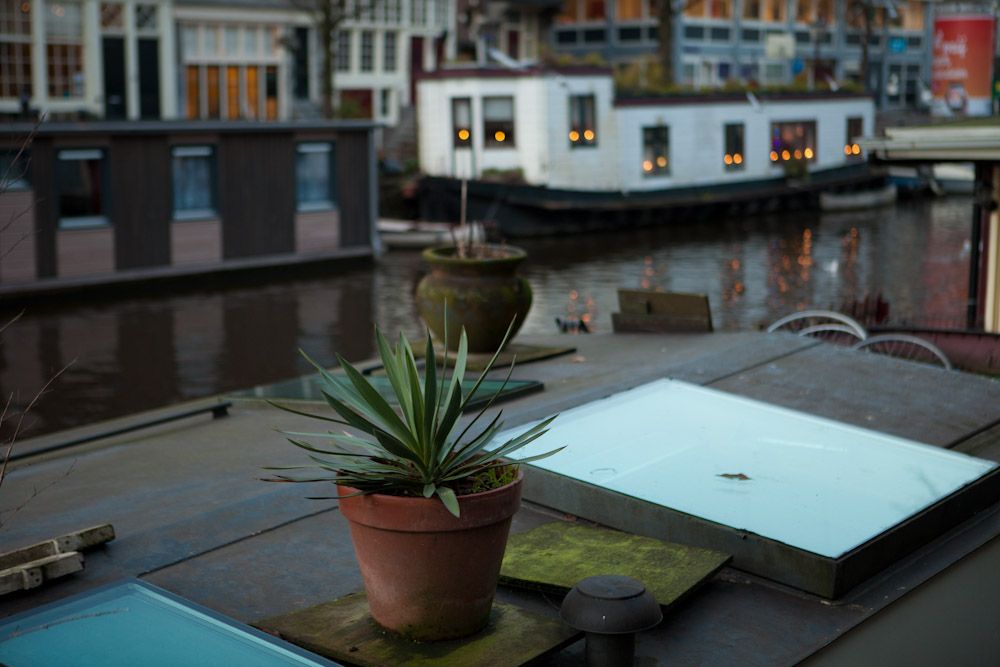
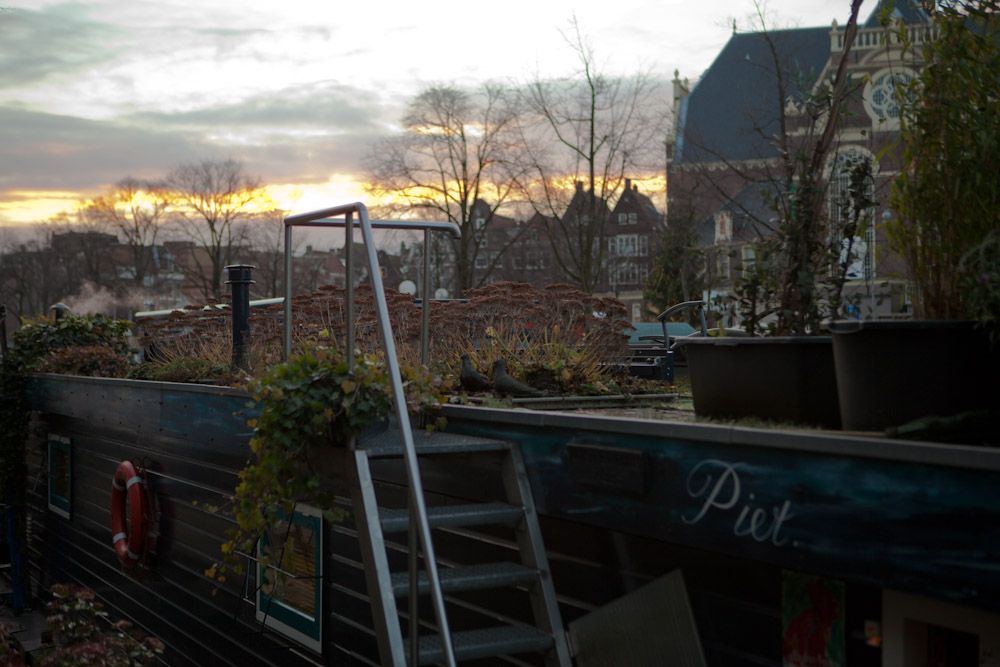
“Calm down…surely not the houseboat of that Piet. Remember, it’s a very common name in The Netherlands.
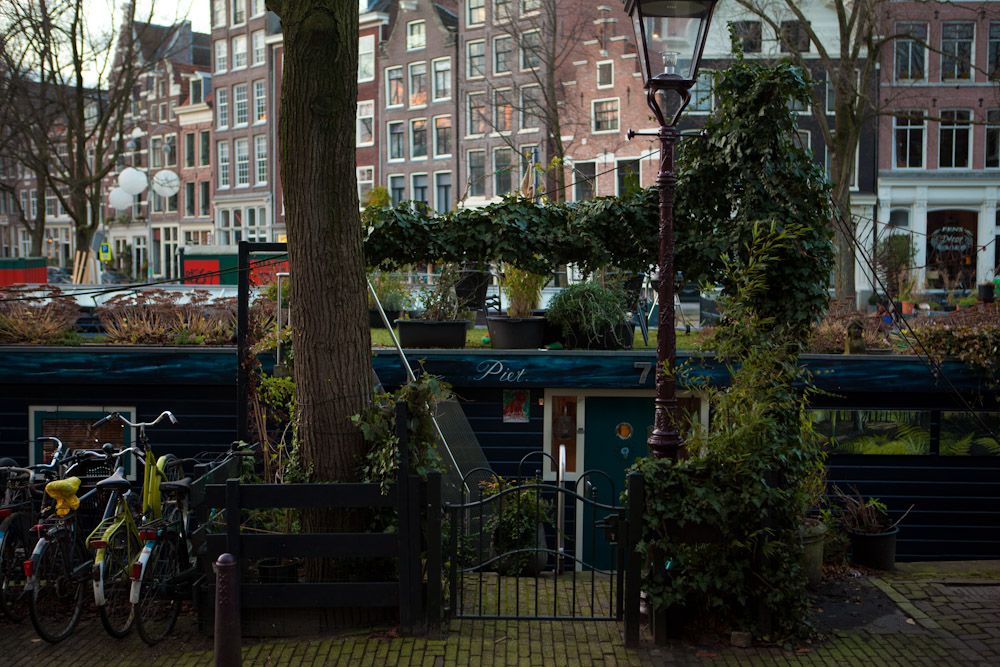
“MB Maher left Iceland and has been roaming the canals of Amsterdam the past week. He sent these photos along with a little note:
“there seems to be some unspoken agreement that houseboat decks will function as the city’s metaphor of green space. all dutch houses have extensive gardens but all are hidden by the inner-courtyard structure of the city blocks…there are also certain visual jokes like papering the portholes and skylights with plant-themed wallpaper to maintain an illusion that the entire houseboat is filled with greenery. not sure if the weber grill and garden gnomes are in earnest or jest as well.”
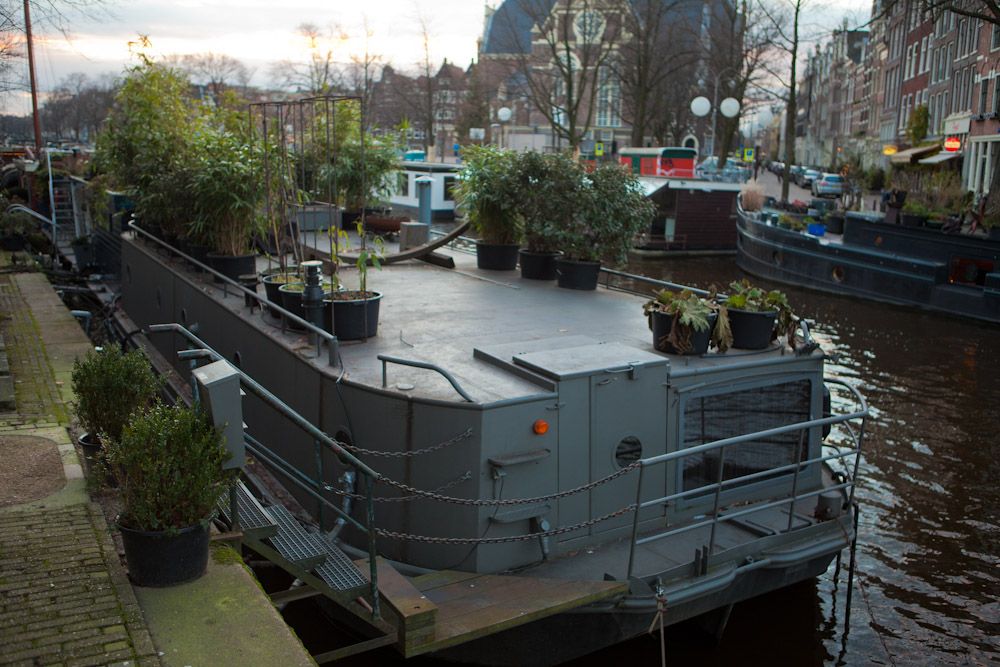
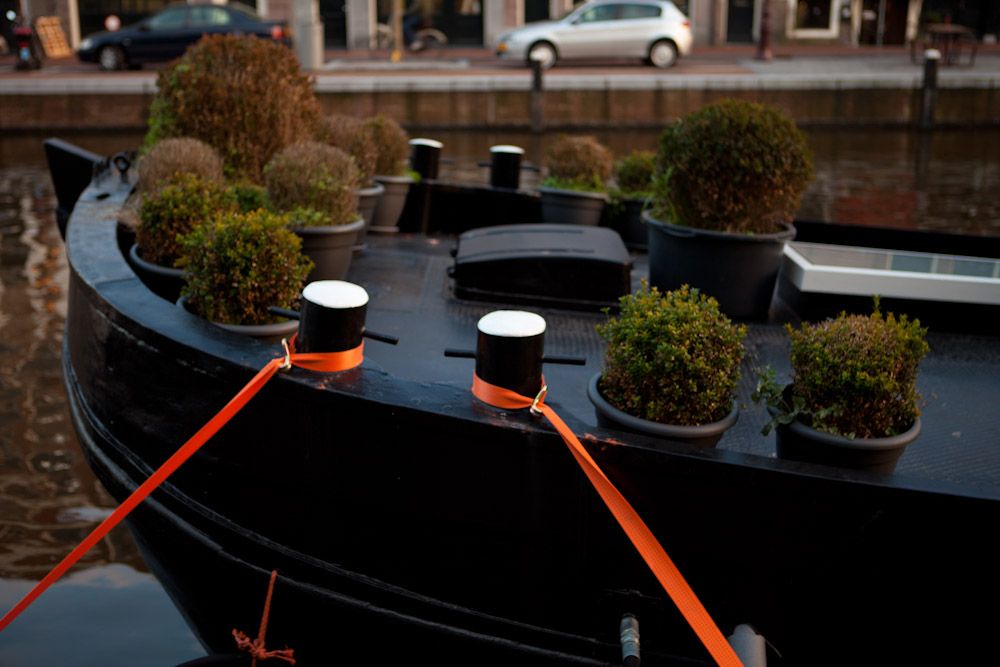
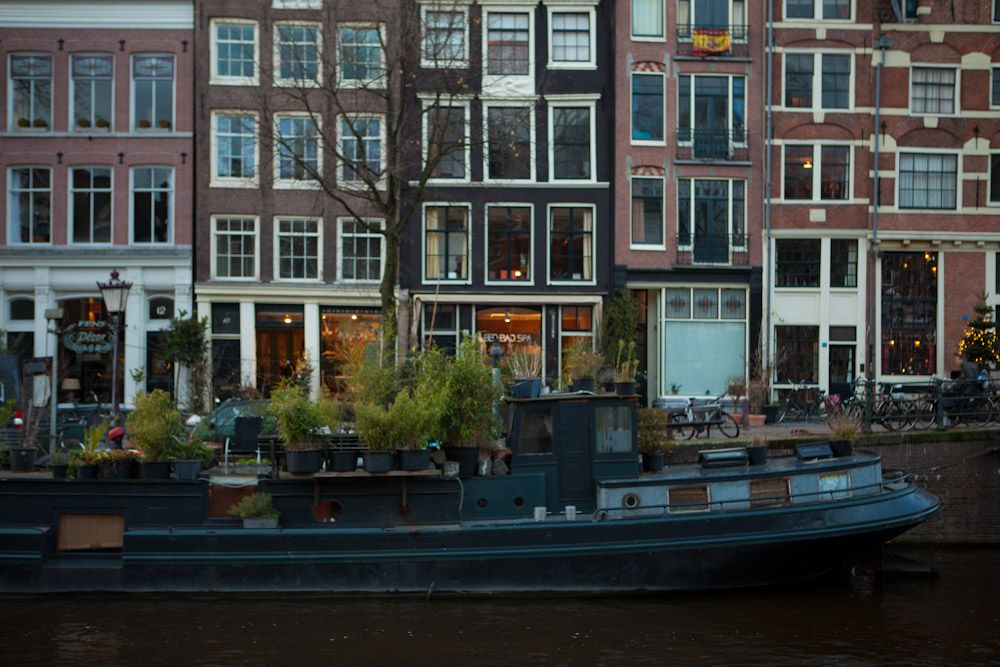
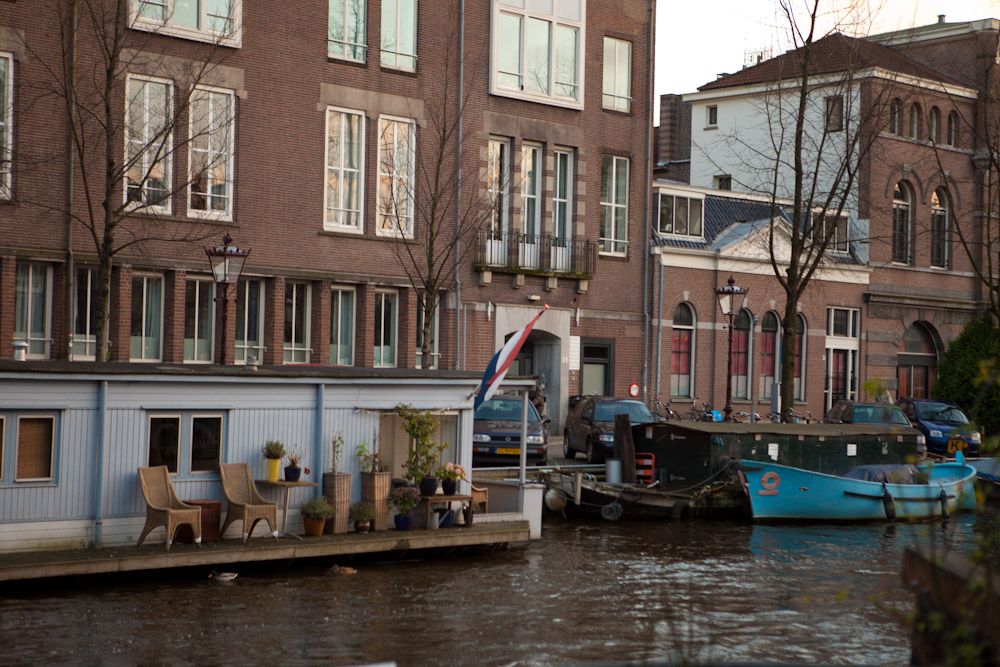
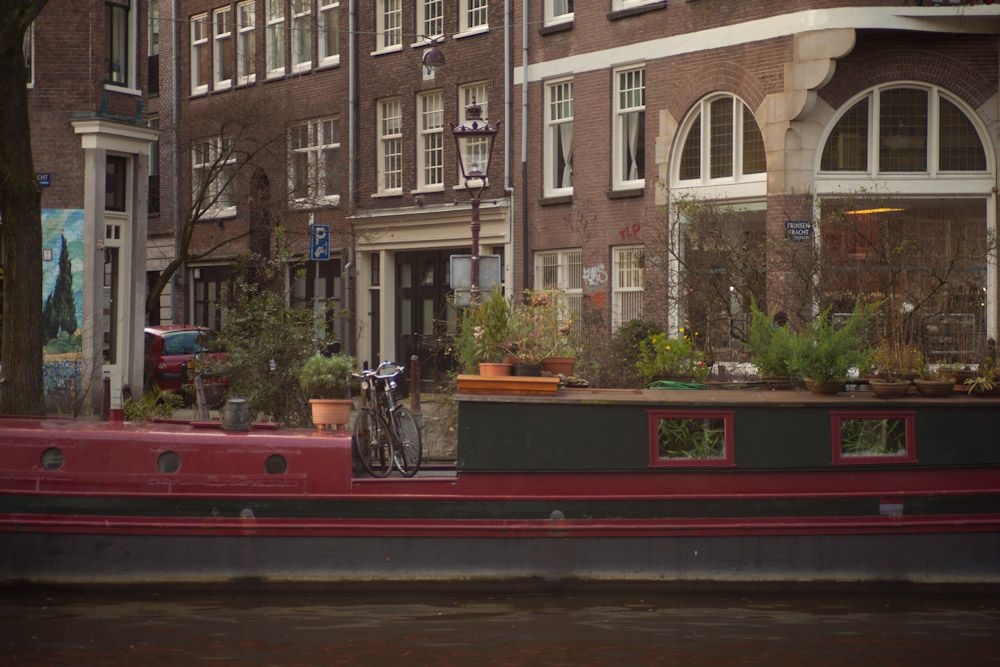
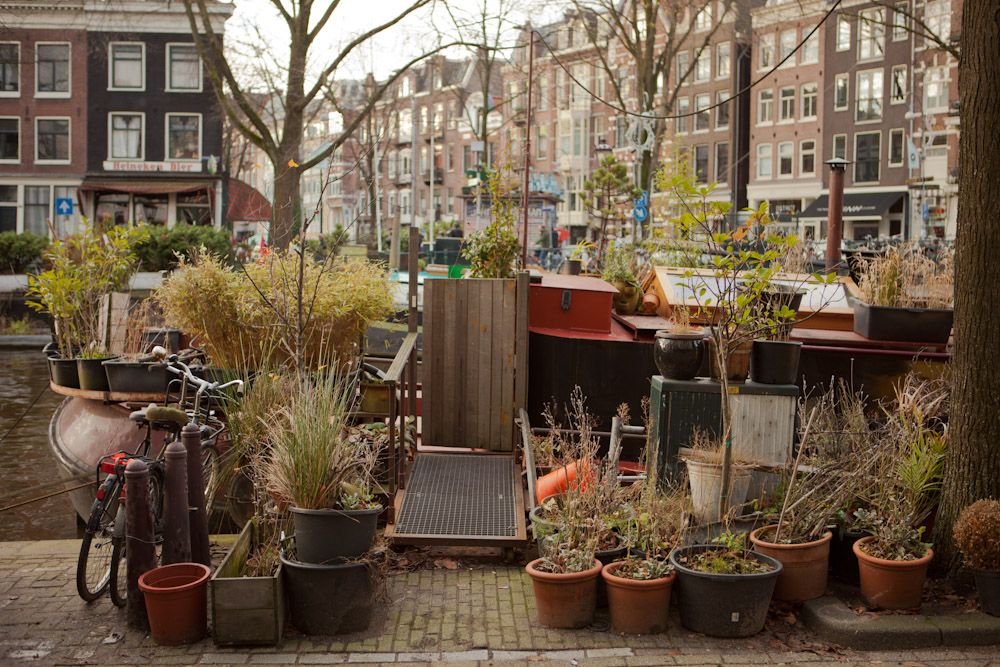

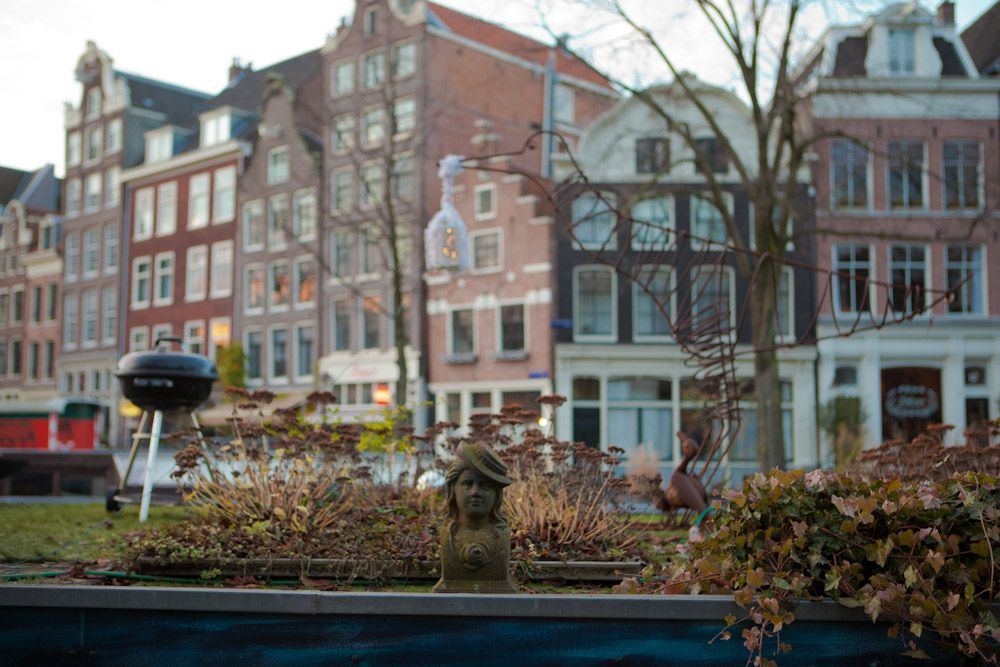

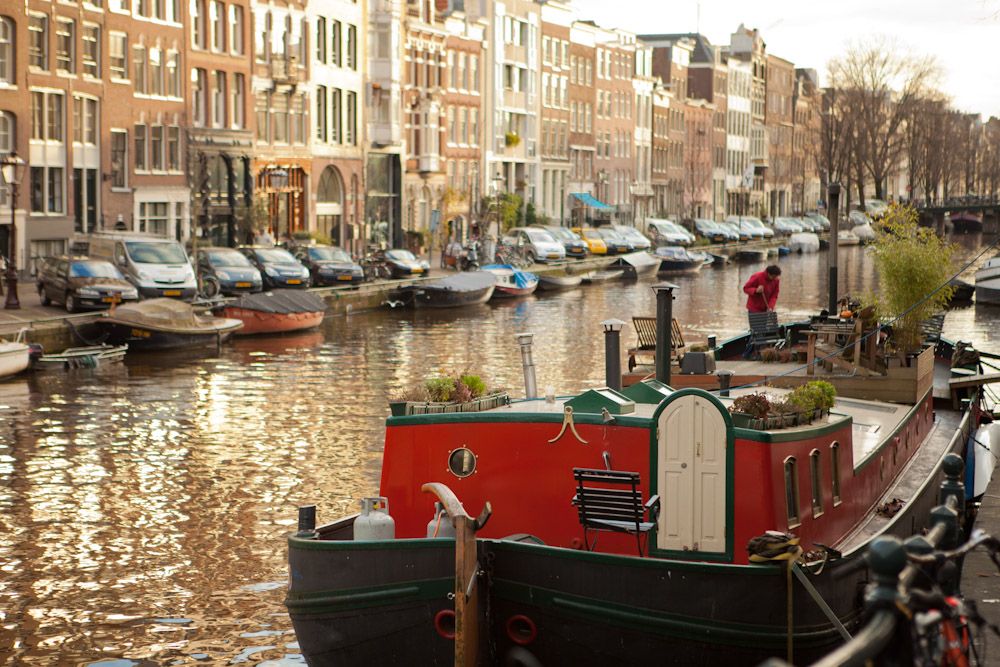
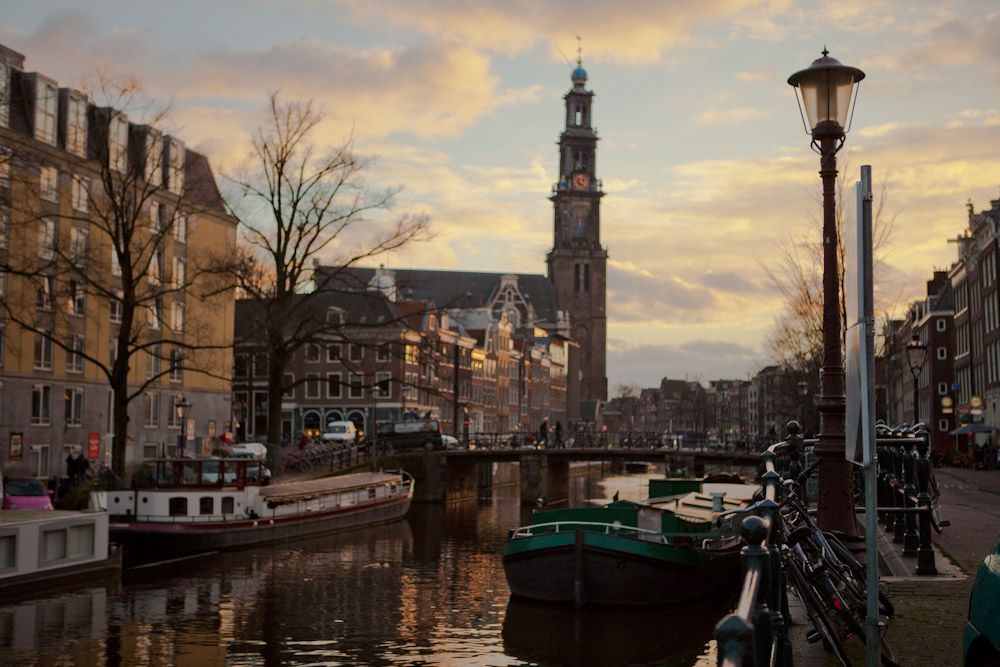

Living in a flood prone area , I will say yes to the design problem. We spent several years here recreating a flood plain that existed before the city was paved over-you have only to look at the abundant wetlands in the south of Napa County to see what nature intended. Interestingly, some of the older buildings (from the 1800’s)near the river were built with extremely high subfloors-clearly they had some clue about flooding potential .
With the urgency to rebuild and restore a semblance of normality for those affected by the Texas flooding, I hope that city planners and Texas legislators will nonetheless pay greater attention to flood control mechanisms as they approve building permits. With global warming, I expect the risks of these catastrophic weather events will become sadly more common and the outpouring for generosity we see now may erode.
Zoning regulations do indeed have a cost, but Houston suddenly discovered that not having zoning regulations has a cost, too, and a staggering one.
How beautiful Amsterdam is! Have you been there as well?
How are you doing in this terrible heat? Our AC broke Monday morning but our wonderful repairman came out the same day and fixed it quickly.